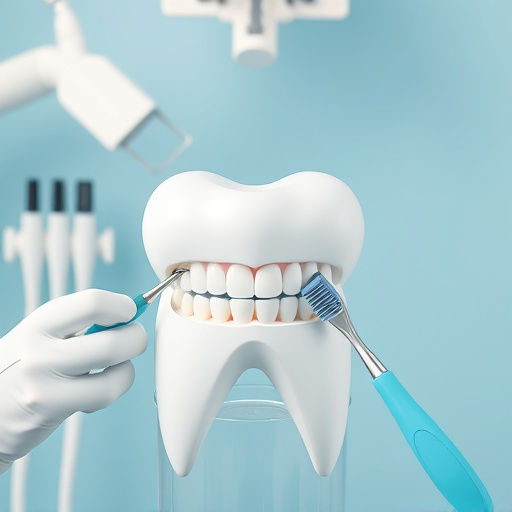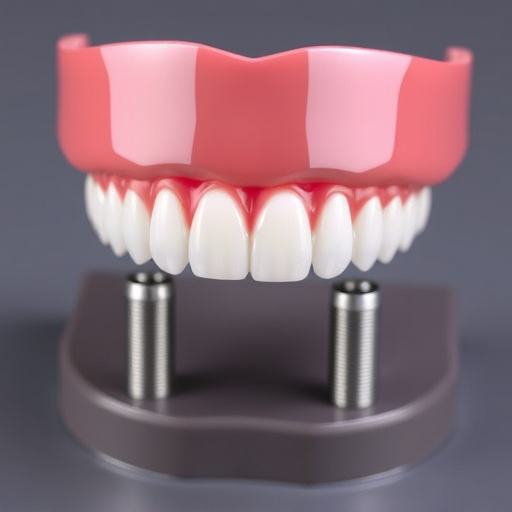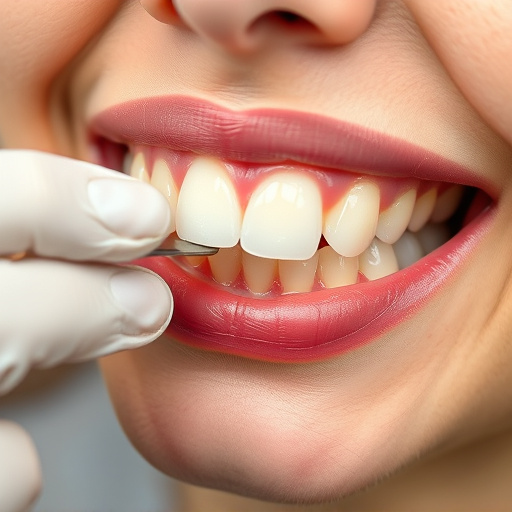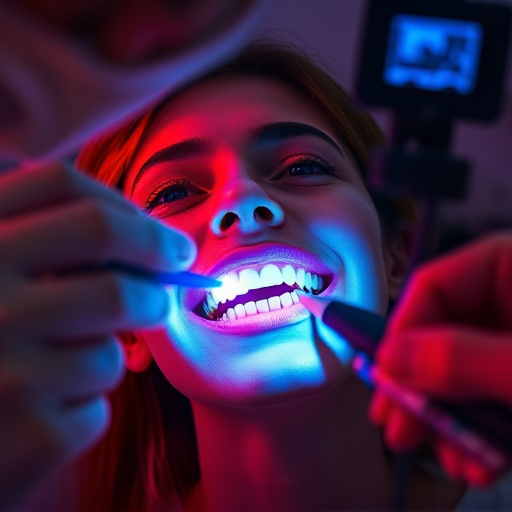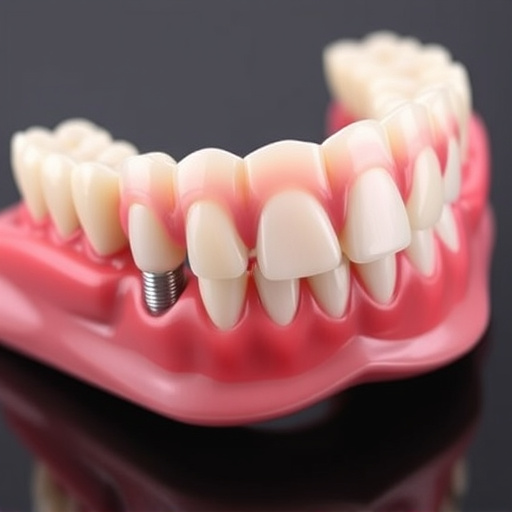Full Mouth Restoration: A comprehensive dental solution revitalizing the entire oral cavity, addressing decay, missing teeth, gum disease, and misaligned bites. This procedure combines advanced techniques like dental implants, crowns, bridges, and thorough cleaning for personalized treatment plans. By restoring function and aesthetics, it improves oral health, boosts confidence, and delivers a beautiful smile reflecting overall well-being.
Considering a transformative dental treatment? Explore the options with our comprehensive guide. We dissect two prominent approaches: Full Mouth Restoration and Smile Makeovers, offering insights into their unique advantages and considerations. Full Mouth Restoration aims at holistic oral health, addressing decay, wear, and trauma through an extensive process. In contrast, Smile Makeovers focus on aesthetics, employing procedures like veneers and whitening to enhance smiles. This article navigates the differences, costs, recovery times, and long-term implications of both options, empowering informed decisions for your dental health and appearance.
- What is Full Mouth Restoration?
- – Definition and scope of full mouth restoration
- – Common issues addressed (e.g., decay, wear, trauma)
What is Full Mouth Restoration?
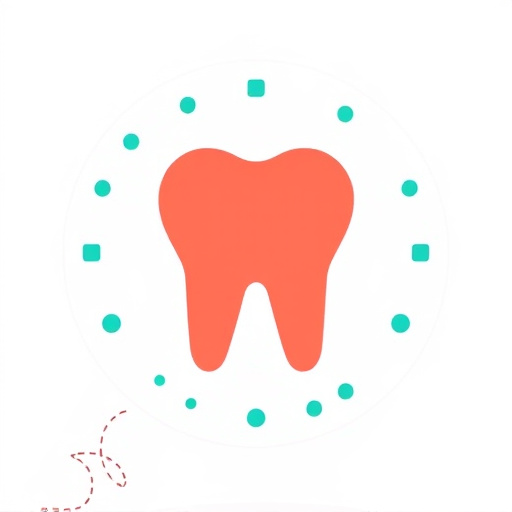
Full Mouth Restoration is a comprehensive dental procedure that aims to rejuvenate and restore an individual’s entire oral cavity, including teeth, gums, and surrounding structures. It goes beyond mere aesthetics; this process involves addressing various dental issues such as decayed or missing teeth, damaged tooth structures, gum disease, and misaligned bites. The goal is to provide patients with a functional, healthy, and beautiful smile that reflects their overall well-being.
This restorative approach often incorporates several general dentistry techniques, including dental implants, crowns, bridges, and meticulous teeth cleaning. By combining these methods, dentists create a customized treatment plan tailored to each patient’s unique needs, ensuring optimal results. Full Mouth Restoration can be life-changing for those seeking not just an improved smile but also enhanced oral health and confidence.
– Definition and scope of full mouth restoration
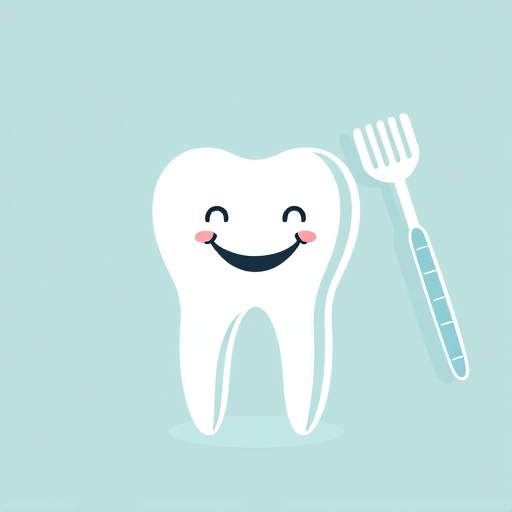
Full mouth restoration is a comprehensive dental procedure designed to address all aspects of oral health and aesthetics for patients with significant dental issues. It encompasses a wide range of treatments, including tooth extractions, implants, crowns, bridges, and thorough teeth cleaning. The scope of this process goes beyond merely enhancing the smile; it seeks to restore functionality, improve overall oral health, and provide long-lasting solutions for individuals dealing with extensive dental problems.
This approach takes into consideration not just the visible parts of the mouth but also the underlying structures. It involves a detailed assessment and planning phase where dentists craft a personalized treatment plan. The process may include removing damaged or diseased teeth, cleaning and preparing the gums, and placing dental implants to support new restorations, ensuring comprehensive dental care for a complete and healthy smile.
– Common issues addressed (e.g., decay, wear, trauma)

Many individuals seek dental solutions to address a range of common issues that can impact their oral health and overall appearance. Two popular procedures gaining traction are full mouth restoration and smile makeovers, each tailored to specific needs. Full mouth restoration is an extensive process designed to rehabilitate all teeth and restore oral function, addressing problems such as tooth decay, severe wear due to grinding or clenching, and even trauma from accidents or sports injuries. This comprehensive approach ensures every tooth is evaluated and treated, often involving a combination of dental implants, crowns, inlays, and veneers for both structural support and aesthetic enhancement.
On the other hand, smile makeovers focus more on improving the cosmetic aspect of one’s smile while also correcting minor defects. Common issues addressed include discolored teeth due to aging or staining, minor misalignments, chips, or cracks. Dental bonding, a procedure that uses composite resins, can be employed to repair these imperfections. In some cases, dental implants might be recommended for missing teeth, providing both structural support and an aesthetically pleasing replacement. A qualified dentist will assess the patient’s needs and guide them towards the most suitable treatment option, ensuring optimal oral health and a confident smile.
In conclusion, both full mouth restoration and smile makeovers offer transformative solutions for oral health and aesthetics. Full mouth restoration focuses on comprehensive care, addressing various issues such as decay, wear, and trauma, providing a holistic approach to revive the entire dentition. On the other hand, smile makeovers cater to more specific cosmetic needs, enhancing the aesthetic appeal of the smile without necessarily addressing deep-rooted dental problems. Ultimately, the choice between these two depends on individual requirements, with full mouth restoration being ideal for extensive cases and smile makeovers suitable for those seeking targeted improvements.


